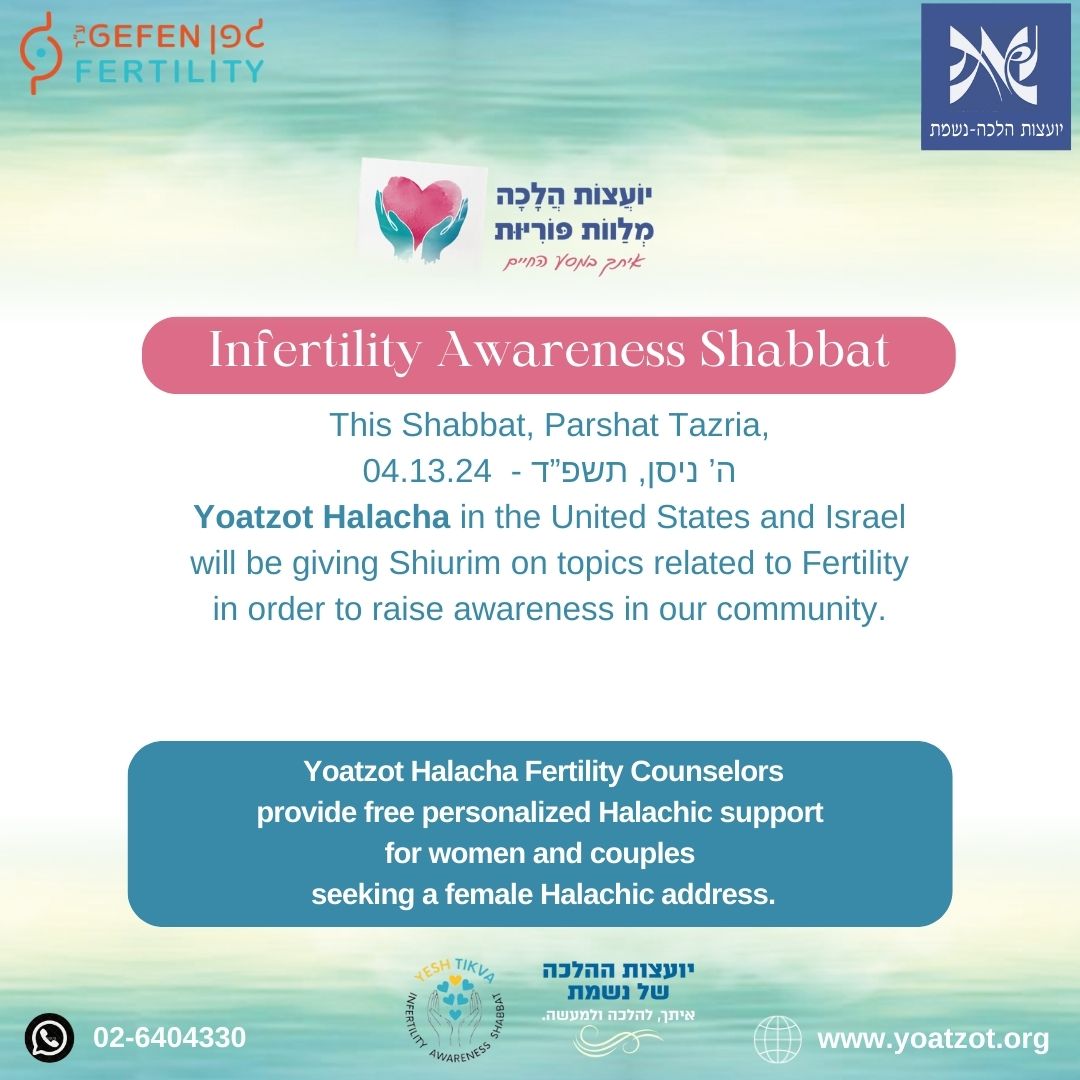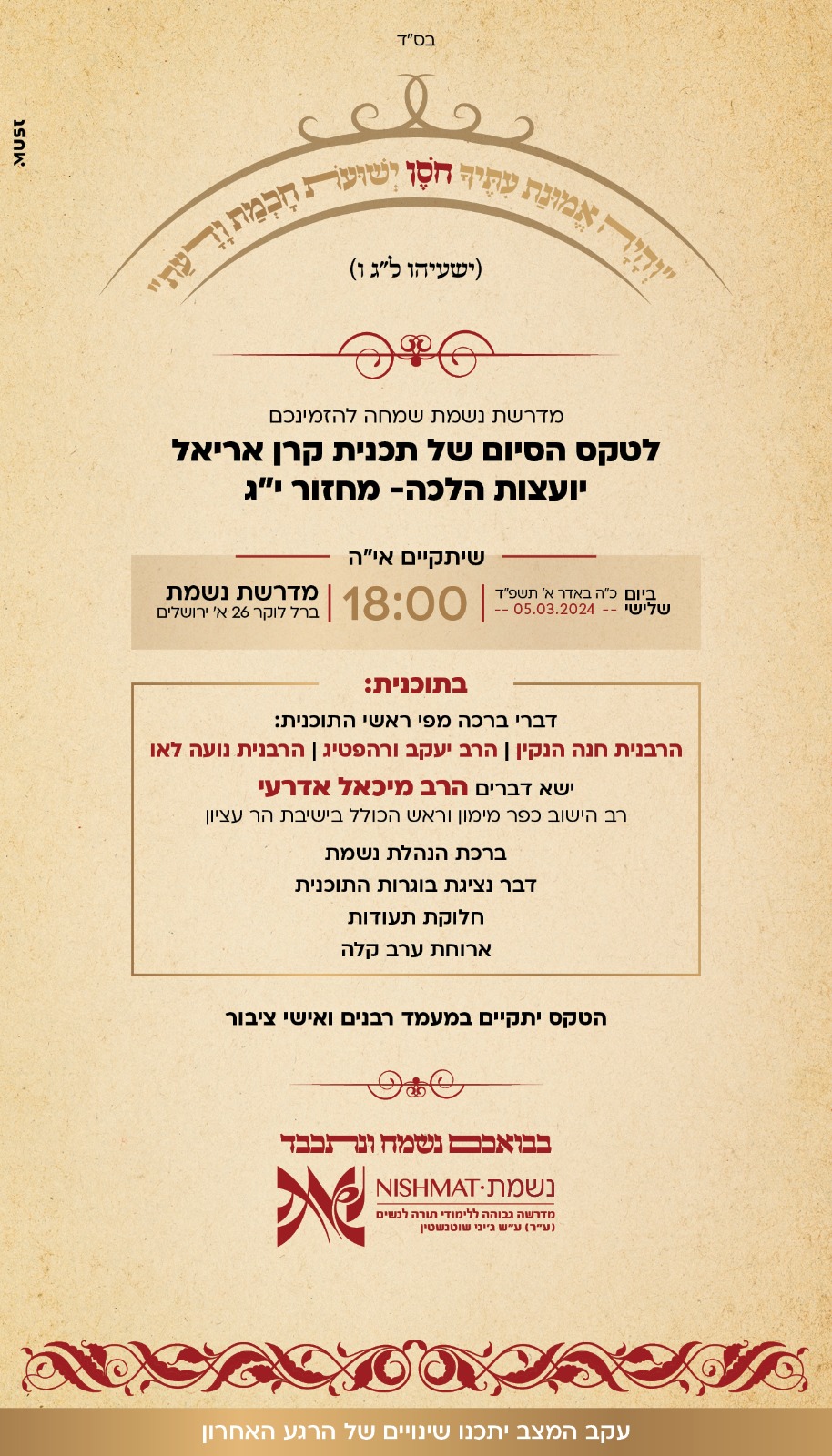Bedikot with back-to-back onot
4 September, 2023
 Question:
Question:This coming month my ona schedule is three back-to-back onot– the “ona beinonit” is the first day, that night is the “ona haflaga” and then the following day is the “yom hachodesh”. Is there a reason to do a bedika on each ona–or just wait until the last one to do the bedika? That is, other than making relations be permissible after the ona is complete, is there another reason to do a bedika during the ona?
Answer:Thank you for reaching out to us.
One aspect of observing an onah is performing a bedikah on it. This is because the onah is a day or night on which we assume that niddah bleeding is more likely to begin. By performing a bedikah, we check whether that halachic assumption is well founded, and we establish whether we need observe the same onah in the future. This is true for each onah individually. Therefore, you should perform a bedikah on each of the three onot.
The connection between the bedikah and relations is specific to onah beinonit, because the halachic presumption that a woman experienced niddah bleeding on her onah beinonit is stronger than on her other onot. When a woman misses performing a bedikah on her onat chodesh or onat haflagah, she is permitted to have relations afterwards (when it isn’t an onah, and if she hasn’t yet become niddah). If a woman misses a bedikah on the onah beinonit, however, then relations are prohibited until she performs one.
On a final note, there are different traditions for how to calculate the onat haflagah and we want to confirm which method you are using. The configuration that you describe would seem to align with a specific method associated with Chabad. Chabad counts each day and night distinctly in calculating the interval (haflagah). Other traditions calculate the interval based on the halachic dates, and observe either day or night based on whether a woman’s most recent period began during the day or night. (Using a standard non-Chabad calculation, your onat haflagah would be in the daytime like your other onot. See more about standard haflagah calculations here.)
Please be in touch with any further questions.
This internet service does not preclude, override or replace the psak of any rabbinical authority. It is the responsibility of the questioner to inform us of any previous consultation or ruling. As even slight variation in circumstances may have Halachic consequences, views expressed concerning one case may not be applied to other, seemingly similar cases. All health and health-related information contained within Nishmat's Women's Health & Halacha Web site is intended to be general in nature and should not be used as a substitute for consulting with your health care professional. The advice is intended to offer a basis for individuals to discuss their medical condition with their health care provider but not individual advice. Although every effort is made to ensure that the material within Nishmat's Women's Health & Halacha Web site is accurate and timely, it is provided for the convenience of the Web site user but should not be considered official. Advice for actual medical practice should be obtained from a licensed health care professional.
For further questions or comments: 
The Nishmat Women's Health and Halacha Site is a public service of Nishmat, The Jeanie Schottenstein Center for Advanced Torah Study for Women. This project and others like it are made possible by contributions from people like you. If you have benefited from the service, and wish to enable us to help others, click here to donate.
Users of Internet filtering services: This site discusses sensitive subjects that some services filter without visual indication. A page that appears 100% complete might actually be missing critical Jewish-law or medical information. To ensure that you view the pages accurately, ask the filtering service to whitelist all pages under yoatzot.org.






 Question:
Question:







